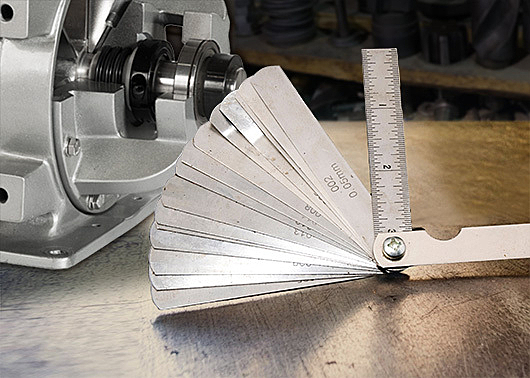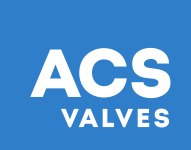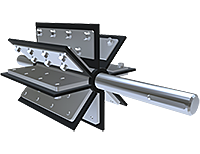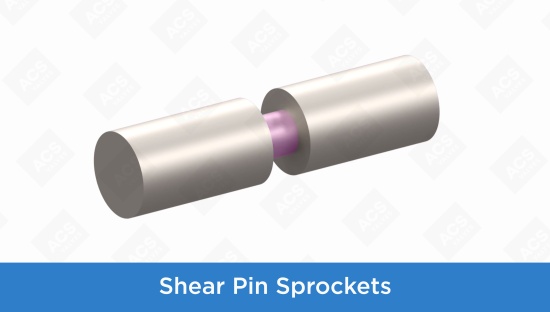
Without its carefully machined parts, a rotary airlock valve is a bit like a car chassis or ship’s hull. A strong construction is essential for protecting the more delicate components, but a valve housing isn’t going to move any material on its own.
Once it’s all assembled, though, the valve plays a critical role in moving dry bulk material while keeping your conveying line safe from fires and dust explosions. In the event of a fire on your line, a valve acts as an isolation device that stops flames from spreading further — but only if its parts are in good working order.
To keep your facility safe and compliant with NFPA regulations, let’s go over some basics: how to choose the right valve parts and what to look for during maintenance.
1) Rotors
Rotors move dry bulk material from the inlet to the outlet while maintaining a pressurized seal. There are several NFPA compliance factors at play here.
Clearances: To support the valve’s ability to isolate flames, rotor-to-housing clearances (AKA tolerances) must stay under 0.0079’’ at all times. We can’t stress enough how important it is to inspect your tolerances regularly and replace the rotor when they get too large.
Tips: Sometimes a rotor’s tips are made from a different material than the main assembly. Rubber or plastic tips can’t stand up to the high pressures of a deflagration, so you should avoid them. Instead, choose mild steel, stainless-steel, or AR400 steel for NFPA compliance.
Shape: Rotors come in several shapes and configurations to accommodate different varieties of material. For NFPA compliance, we recommend either an open-end or closed-end rotor.
Vanes: Rotors with six vanes are uncompliant. Look for rotors with eight, ten, or twelve vanes instead — we can help you choose the right number for optimal flow.
2) Shaft seals
Shaft seals help maintain the seal within your rotary airlock by keeping contaminants out of the rotor housing, preventing material from leaking out of the rotor pockets, and reducing buildup around the outboard bearings.
Sleeve-style shaft sleeves like ACST-4 have the added benefit of eliminating static electricity and reducing frictional heat. The three quad rings and self-lubricated sleeve also create a more effective seal compared to other alternatives, so they’re the best option when it comes to safety.
Most rotary valves have one shaft seal on either end of the rotor shaft. To stay compliant and avoid damage to other parts of the valve, worn-down seals must be replaced immediately.
3) Outboard bearings
Bearings support your valve’s rotor and help it rotate smoothly, but they also heat up in the process. If bearings overheat, they risk igniting any material buildup around them and causing a dust explosion or deflagration.
That’s why metal outboard bearings are mandatory for NFPA compliance. Some light-duty valves are designed with inboard bearing assemblies mounted on the inside of the housing endplates, where they come in contact with much more material.
Because outboard bearings are mounted on the outside of the endplate, they sit outside of the combustible dust stream, greatly reducing the risk of material contamination, buildup, and ignition. They also have a longer overall lifespan compared to inboard bearings, but they must be replaced as soon as they wear out.
Anything else to consider?
Your valves will generally be paired with an explosion prevention system, so check on that periodically to make sure everything works as it should. The dust collector should have an explosion release vent and a passive isolation flap valve to complete the flame-quenching system.
A few more quick tips:
- Look for CNC-machined components made with high-quality metals.
- Run valves at a low tip speed to prevent a possible ignition source.
- Ensure your systems are designed with proper ventilation.
- Stay up to date on NFPA guidelines, particularly the latest NFPA 660 rule.
- Keep up a regular inspection schedule with a historical maintenance log.
- Replace worn-out parts as needed.
Keep spare parts on hand
To prevent unnecessary downtime, it’s a good idea to keep a stock of rotors, shaft seals, and bearings on the shelf for quick replacements. We call it an NFPA Kit — contact us to order yours. We’re happy to answer any other questions you have about valve safety and compliance.


